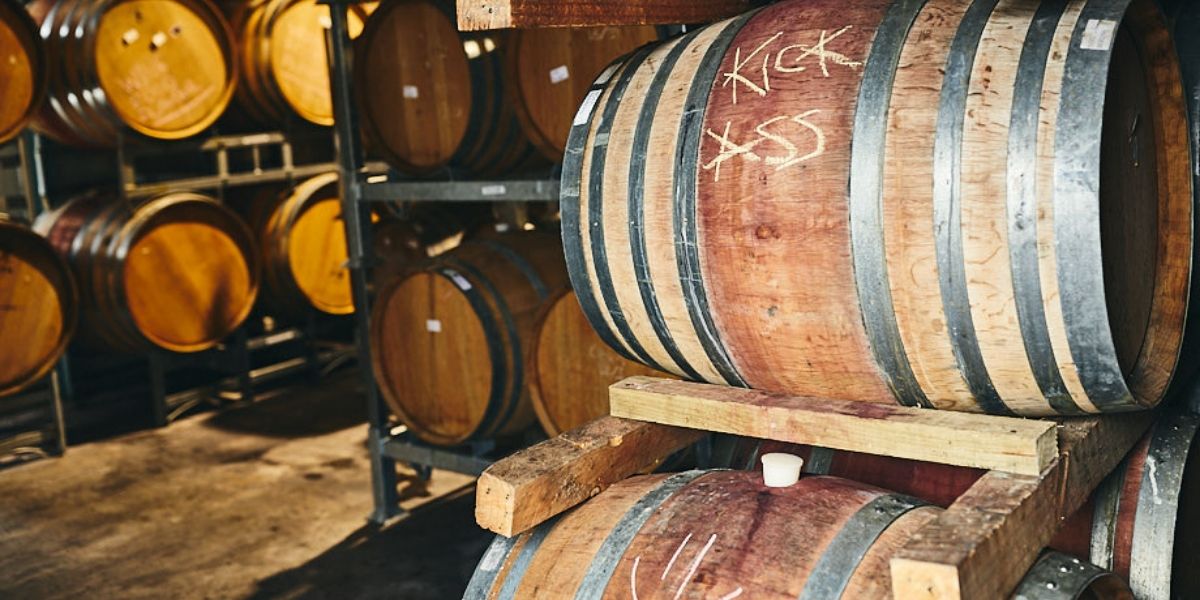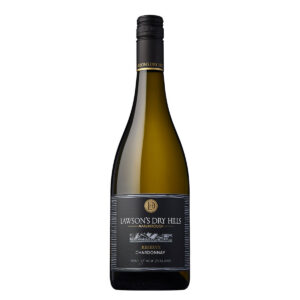When the earthquake struck Kaikoura in November 2017, its effects were more far reaching than many first realised. A number of Marlborough wineries felt the impact as some lost power, others suffered damage to their tanks and as a result ended up losing a quantity of wine. So on the surface, the damage seemed relatively minimal. Yet Rebecca ‘Bec’ Wiffen, assistant winemaker at Lawson’s Dry Hills, has noticed a more lasting effect to the 7.8 magnitude Kaikoura earthquake.
As Bec commented recently, “We’ve noticed that the water table has actually risen and as a result many of the vineyards around the Marlborough region seem to be wetter than normal.” So maybe it hasn’t simply been the winter rains which have caused some of the low-lying vineyards to remain quite damp.
Bec is very hands-on when it comes to all aspects of the winemaking process, so naturally she is very sensitive to any changes that are happening in the vineyard. Bec has had to deal with a range of conditions having worked for several wineries around New Zealand. She’s also worked in the Napa Valley in California, and in the Alsace and Languedoc regions of France, so dealing with acts of nature is all part of a day’s work. However, earthquakes are something beyond what any of us in the wine industry can plan for.
To learn more about Bec’s observation, it was time to dig a little deeper to truly understand what has actually happened underground.
Peter Davidson, water scientist with the Marlborough District Council, has been monitoring changes to the ‘aquifers’ – which are the underground layers of water-bearing rock – from which wells source groundwater supply. “The 2016 Kaikoura Earthquake caused ground water levels to rise up to six metres at some Marlborough District Council monitoring wells across the region. On the day of the earthquake, the ground water level rose from 68 to 73 metres above sea level. ”
When Peter spoke to the Marlborough Express earlier in the year, he highlighted the immediate effects of the earthquake. “The largest changes were associated with deep wells penetrating aquifers formed of compressible clays rather than from gravels alone,” he observed. After the earthquake, water came rushing up in the wells causing them to overflow, with the water in some rising by four to five metres causing it to seep into the ground. “An aquifer in Ben Morven rose by four metres, while water in another aquifer rose by five and a half metres. It destroyed our water monitor.” he said. At that stage it was unknown what the longer term impact would be to the underground water supply. “We are still learning from the Christchurch earthquakes and what effects they have had, so it’s still early days.”
So what has actually happened since the earthquake? Looking for instance at the 400 metre deep Marlborough District Council well in Hawkesbury Road in the Omaka Valley, “The groundwater level has largely returned to its pre-earthquake level,” Peter commented “But other aquifers like the one at Ben Morven, for example, have remained high and show no sign of falling.”
In Marlborough, water supply is important for not only drinking water, it is also critical to the local vineyards and the agricultural industry in general. Marlborough enjoys some of the most idyllic grape growing conditions in New Zealand, with high sunshine hours, free draining soils and low rainfall. In fact, parts of eastern and southern Marlborough are amongst the driest regions in the country, according to the Marlborough District Council. Most vineyards in the area are irrigated, which means underground water is a lifeline and any changes to this water supply need to be carefully monitored.
While water from below is one concern, water from the heavens is something else. The 2017 harvest presented many vintners with additional challenges with the after-effects of Cyclone Debbie battering much of the country back in April. As Bec Wiffen pointed out, since Lawson’s Dry Hills has its own mechanical harvester, the vineyard is better able to harvest at precisely the right time as they don’t have to depend on the availability of mechanical harvesters operated by outside contractors. So for 2017, they were able to work with the weather and bring the grapes in before the storms.
As wine lovers eventually come to enjoy the excellent wines produced by Lawson’s Dry Hills from the 2017 vintage, maybe they’ll raise a glass to the winemakers who had to withstand more challenges than normal. This year, even more so than with previous releases, enjoying your favourite wine from Lawson’s Dry Hills will be moving experience.





